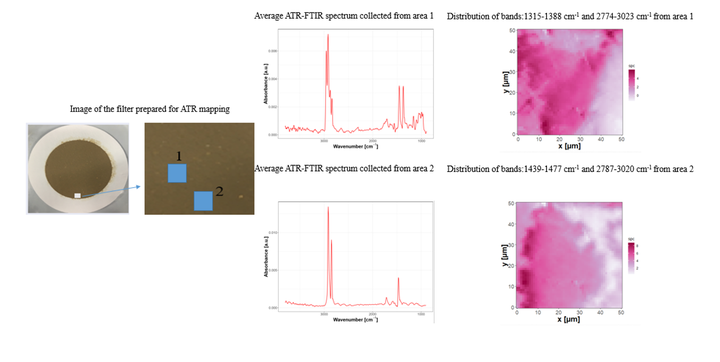Microplastics 2013
 Results summary
Results summaryProf. J. Paul Chen (Department of Civil and Environmental Engineering NUS)
Amid the increasing concerns on the microplastic pollution from the vast anthropogenic materials production and growing dependence on plastic products, a fast screening method is in great demand. The conventional methods such as IR and Raman imaging suffers the drawbacks such as expensive instrumentation and experienced expertise. In this study, a new approach for analysis of microplastics in the environmental samples is presented, based on selective fluorescent staining using SPB dye, following the density-based extraction and filtration. The optimal staining conditions were investigated in this study and the stained particles can be easily recognized under the blue fluorescence light. A great variety of polymers have been tested including polypropylene, polyethylene, polystyrene, nylon and polyvinylchloride. The lateral image analysis under the fluorescent microscopy would then allow the fluorescent particles, down to a few microns, to be identified and counted. The SPB dye has high selectivity over the synthetic polymers with organic interfaces such as cellulose, chitosan and environmental algae with minimum stained. The method is quite straightforward allowing for the fast screening of polymer particles in the environmental samples. The method is finally cross validated by comparison with infrared microscopy (ATR-FTIR) and shows good agreement.